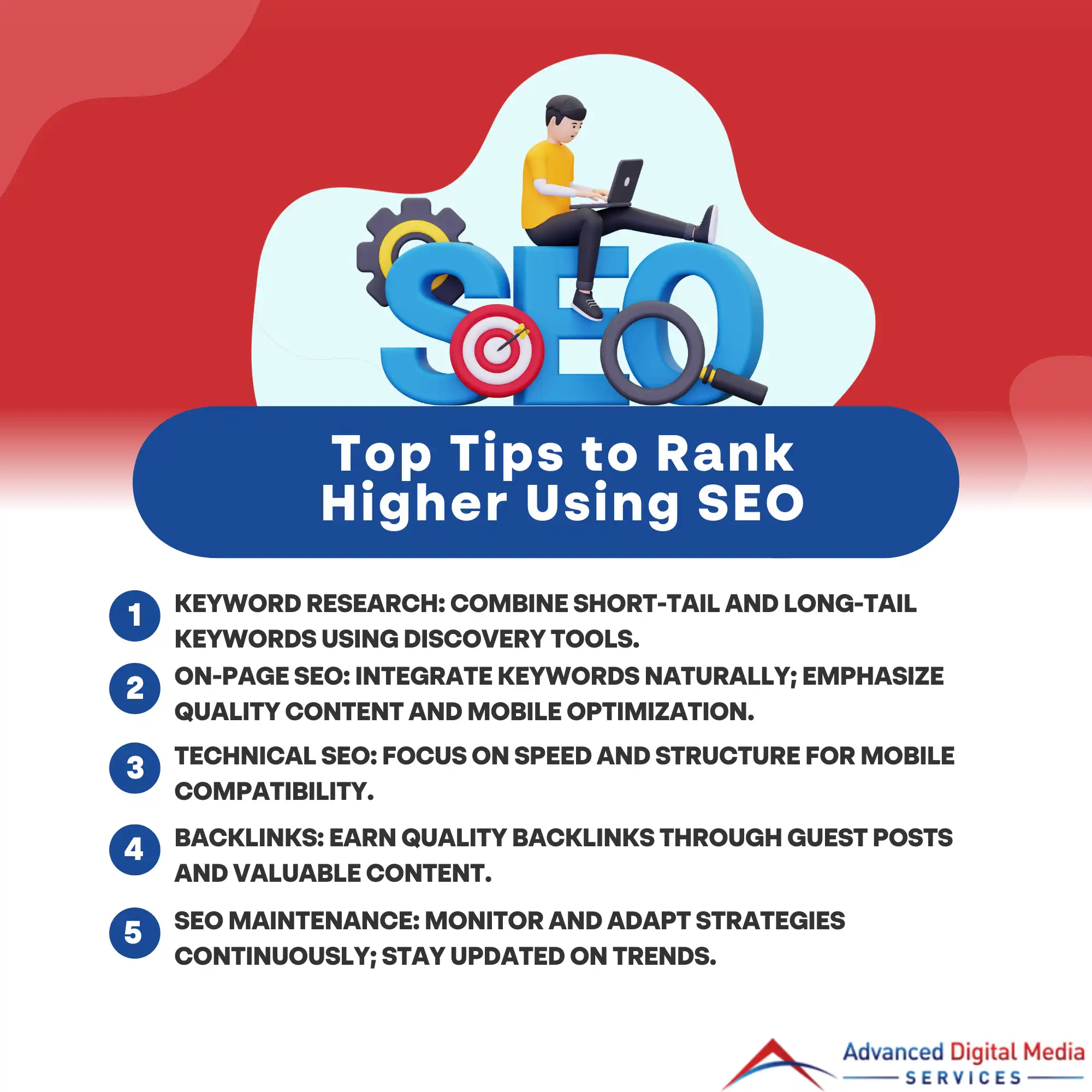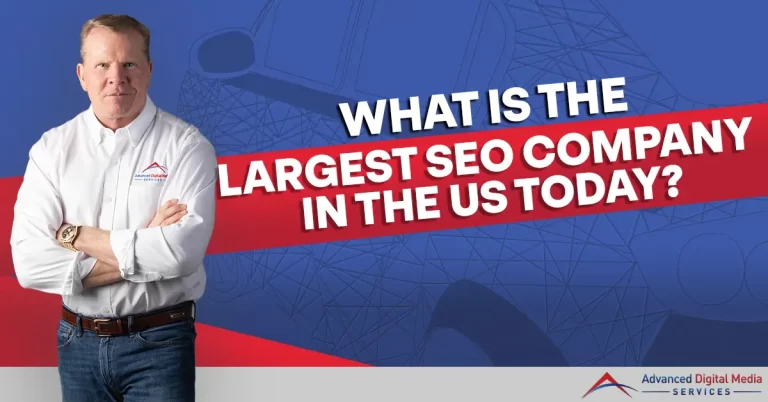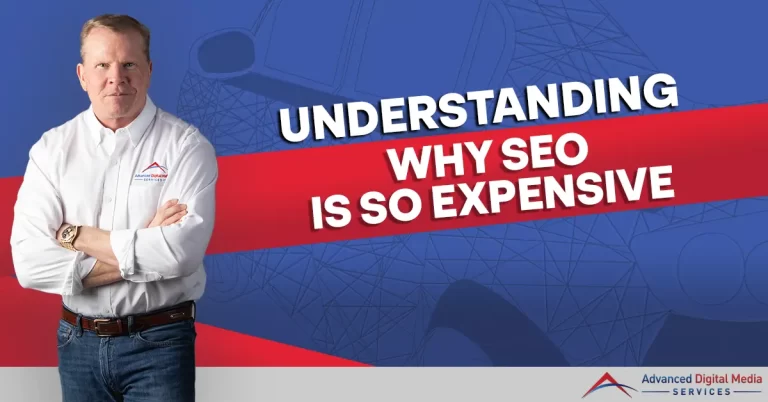Even without prior experience, this guide provides the necessary knowledge and tools to improve your website’s ranking on search engine results pages (SERPs). Currently, a strong SEO strategy is essential for attracting more visitors and increasing visibility online. So, put on your thinking cap and get ready to unlock the secrets of ranking higher!

Mastering SEO with Algorithm Insights and Search Intent
How do search engines instantly understand and provide relevant results to our queries? It’s all thanks to intricate algorithms that crawl, index, and rank websites based on a multitude of factors. Imagine a vast library containing millions of books (websites) – search engines act as meticulous librarians, meticulously categorizing and organizing this information to serve you the most relevant books (websites) when you search for a specific topic.
Understanding how search engines function is paramount to crafting an effective SEO strategy. Here’s a crucial concept: search intent. This refers to the underlying reason behind a user’s search query. Are they seeking information, aiming to purchase a product, or perhaps researching a local service? Optimizing content for search intent boosts rankings and attracts relevant visitors.
Keyword Research: The Foundation of SEO
Your SEO journey begins with finding the right keywords. When people search using specific words, those words are called “keywords.” Keywords help connect your website to the people who are looking for it. It’s important to choose the right keywords so that your website shows up in the search results.
There are primarily two types of keywords used in search engine optimization (SEO): short-tail keywords and long-tail keywords. Short-tail keywords are generally more concise and broad (e.g., “running shoes”), while long-tail keywords are more specific and descriptive (e.g., “best running shoes for women with wide feet”).
While short-tail keywords often boast higher search volume, they’re also more competitive. Long-tail keywords, though having lower search volume, are less competitive, which can drive more relevant traffic to your website.
Keyword Research Tools
The good news is that you can tackle your keyword research with help! Many keyword research tools are available, both free and paid, to help find valuable keywords. Some popular free options include Google Keyword Planner and SEMrush Keyword Magic Tool.
These tools allow you to research search volume, competition level, and related keyword suggestions. Paid tools like Ahrefs and Moz offer even more advanced features, such as keyword difficulty score and keyword tracking capabilities. Make sure to use the functionalities of your chosen tool to discover valuable keywords that can give your website a competitive advantage.
Choosing the Right Keywords: Balancing Search Volume and Competition
Once you’ve identified a comprehensive list of potential keywords, it’s time to make strategic selections. The ideal keyword strikes a perfect balance between search volume and competition. High search volume keywords are desirable because they indicate a larger audience searching for that term.
However, if the competition for that keyword is fierce, it may be difficult for a company’s website to rank results. On the other hand, low-competition keywords may be easier to rank for, but they also attract a smaller audience. The key is to find keywords with a decent search volume and a manageable competition level.
By targeting these strategic keywords, you can ensure your website reaches a relevant audience while also having a realistic chance of ranking well.
Optimizing Your Website for Search Engines
Now that you’ve equipped yourself with a treasure trove of relevant keywords, it’s time to optimize your website to leverage their power. This is where on-page SEO comes into play. Optimizing your website using on-page SEO techniques can improve your search engine ranking.
On-Page SEO: Fine-Tuning Your Website Content
Think of your website content as a captivating conversation with your target audience. Not only should it be informative and engaging, but it should also be optimized for search engines. Here are some key on-page SEO tactics to remember:
Title Tag: Crafting Titles that Captivate and Convert
Your title tag is akin to a captivating headline – it’s the first impression your website makes on search engine users. It should be clear, concise, and incorporate your target keyword naturally. Think of it as a brief advertisement that encourages users to click on your website from the search results.
Meta Description: Descriptions that Drive Clicks
The meta description is a brief outline that shows up below your title tag on search engines. It’s your chance to elaborate on what your website offers and convince users why they should click. Craft a compelling meta description that incorporates your target keyword and entices users with a clear value proposition.
Keyword Targeting: Sprinkle Your Keywords Wisely
While using too many keywords can harm your search engine rankings, it’s crucial to strategically incorporate your target keywords into your website content for SEO success. Here’s the key: sprinkle your keywords throughout your content naturally, ensuring they flow seamlessly and read organically. Make sure to include them in your headings, subheadings, body text, and image alt tags.
Content is King: Creating High-Quality Content that Ranks
When it comes to SEO, the most important factor is content. Search engines like useful and relevant content. Go beyond simply listing features – strive to create content that educates, entertains, and compels users to take action. Whether it’s informative blog posts, insightful infographics, or captivating videos, high-quality content is the cornerstone of a successful SEO strategy.
Structuring Your Content for Success: Headings and Formatting
Just like a well-organized book is easier to read and navigate, a website with a clear structure is more user-friendly and SEO-friendly. Utilize headings (H1, H2, H3, etc.) to structure your content logically and break it down into easily digestible sections. Creating visually appealing content is easy with bullet points, numbered lists, and bold text.
Technical SEO: The Invisible Powerhouse
While on-page SEO focuses on the content users see, technical SEO deals with the behind-the-scenes workings of your website. Here are some crucial technical SEO aspects to consider:
Website Speed Optimization: Keeping Your Visitors Happy (and Google Too!)
Website speed affects user experience and search ranking. Imagine waiting for an eternity for a web page to load – frustrating, right? Your website’s speed is crucial for search engines. The faster it loads, the better your chances of being prioritized in search results. There are various ways to achieve this, such as optimizing image sizes, minimizing HTTP requests, and enabling browser caching.
Mobile Friendliness: A Must-Have in Today’s Mobile World
Having a mobile-friendly website is no longer optional. A mobile-friendly website seamlessly adapts to different screen sizes, offering users an optimal viewing experience on any device. Search engines favor mobile-friendly websites, so make sure yours provides a flawless experience for mobile users.
Building a Strong Website Structure: Clear Navigation is Key
A clear and well-structured website is not just aesthetically pleasing; it’s also crucial for SEO. Imagine a labyrinthine maze – not exactly user-friendly, is it? A clear navigation system enables website users to find information effortlessly. This not only enhances user experience but also helps search engine crawlers efficiently navigate and index your website.
The Power of Backlinks: Building Authority and Trust
Backlinks are hyperlinks that originate from other websites and direct to your website. They act as a virtual indication of your website’s credibility and value to search engines. The higher the quality and authority of the websites linking to you, the greater the SEO benefit you’ll reap.
Obtaining backlinks can be a challenging task, but there are various strategies that you can employ to get them. These include guest posting on relevant websites, creating linkable content, and building genuine relationships with website owners.
There’s much more to explore in SEO. Stay tuned for the next part, where we’ll delve deeper into advanced SEO techniques, explore the importance of staying ahead of SEO trends, and equip you with the tools to measure your SEO success!
Advanced SEO Techniques
Having mastered the SEO fundamentals, you’re now ready to explore some advanced techniques to further refine your website’s ranking potential.
Optimizing Images and Videos for Search
Images and videos can greatly enhance user engagement and make your content more shareable. These are powerful tools that can help you create a more effective online presence. But did you know they can also play a significant role in SEO? Here’s how:
- Image Alt Text:Don’t underestimate the power of image alt text. By providing brief descriptions for your images, search engines can index and display them in relevant image search results. Include your target keywords naturally within the alt text descriptions.
- Optimize Image File Size: Large image files can significantly slow down your website’s loading speed. Utilize image compression tools to reduce file size without sacrificing quality.
Utilizing Structured Data: Rich Snippets and Featured Snippets
Structuring website content in a specific format can improve search engine understanding, leading to rich and featured snippets in search results. Rich snippets display additional information below your website listing, such as product ratings or event details.
When a user searches for specific queries, answer boxes, also known as featured snippets, display a brief answer from your website content at the top of the search results page. Implementing structured data can significantly enhance your website’s click-through rate in search results.
Local SEO for Beginners: Get Found in Your Local Area
If you own a brick-and-mortar business, local SEO is an essential element for attracting customers within your vicinity. Here are some key strategies to consider:
- Claim and Optimize Your Google Business Profile: Claiming and optimizing your Google Business Profile is crucial for local SEO success. It is important to keep your business information accurate and up-to-date, including your address, phone number, and operating hours. Positive reviews from customers can boost your local search ranking, helping potential customers find your business more easily.
- Target Local Keywords:Incorporate location-specific keywords into your website content. For instance, instead of simply targeting “restaurants,” target “best Italian restaurants in [your city].”
Keeping Up with SEO Trends
SEO is constantly evolving, with search engine algorithms undergoing frequent updates. To stay ahead of the competition, it is necessary to keep abreast of the latest trends in search engine optimization (SEO). Here are some tips:
- Follow SEO Industry Blogs and Publications: Subscribe to reputable SEO blogs and publications to stay abreast of the latest algorithm updates, industry best practices, and emerging SEO strategies.
- Attend SEO Webinars and Conferences: Consider attending SEO webinars and conferences to gain valuable insights from industry experts and network with other SEO professionals.
Measuring Your SEO Success: Tracking Progress and Making Adjustments
SEO is a marathon, not a sprint. It requires ongoing monitoring and adjustments to maximize your website’s ranking potential. Here are some essential tools to track your SEO progress:
- Google Search Console: GSC provides valuable insights on keyword ranking, organic traffic, and website indexing.
- Analytics Tools: Tracking website traffic, user behavior, and conversion rates with Google Analytics can help identify areas for SEO.
A Recap and Final Thoughts
Congratulations! You’ve successfully navigated the fundamentals of SEO and explored some advanced techniques to propel your website towards ranking glory. It’s important to understand that SEO is an ongoing process that requires consistent effort, continuous improvement, and adaptation to changing trends. Implement strategies outlined, monitor progress, and attract organic traffic.
Bonus Tip: Resources for Your SEO Journey
To help you on your SEO journey, here’s a curated list of helpful resources:
- Moz Beginner’s Guide to SEO: https://moz.com/beginners-guide-to-seo
- Search Engine Journal: https://www.searchenginejournal.com/
- Backlinko: https://backlinko.com/
Now, go forth and conquer the ever-evolving world of SEO!
Take Charge of Your Online Presence: Advanced SEO Services for North Salt Lake City
Ready to take your website to the next level in North Salt Lake City? While this guide has equipped you with a strong foundation in SEO in North Salt Lake City, there’s always more to explore. Advanced Digital Media Services offers comprehensive SEO solutions tailored to your specific needs. Our SEO team will research keywords, create content, and build backlinks to improve your website’s search engine ranking. Don’t settle for average results – contact Advanced Digital Media Services today and unlock the full potential of SEO in North Salt Lake City!





